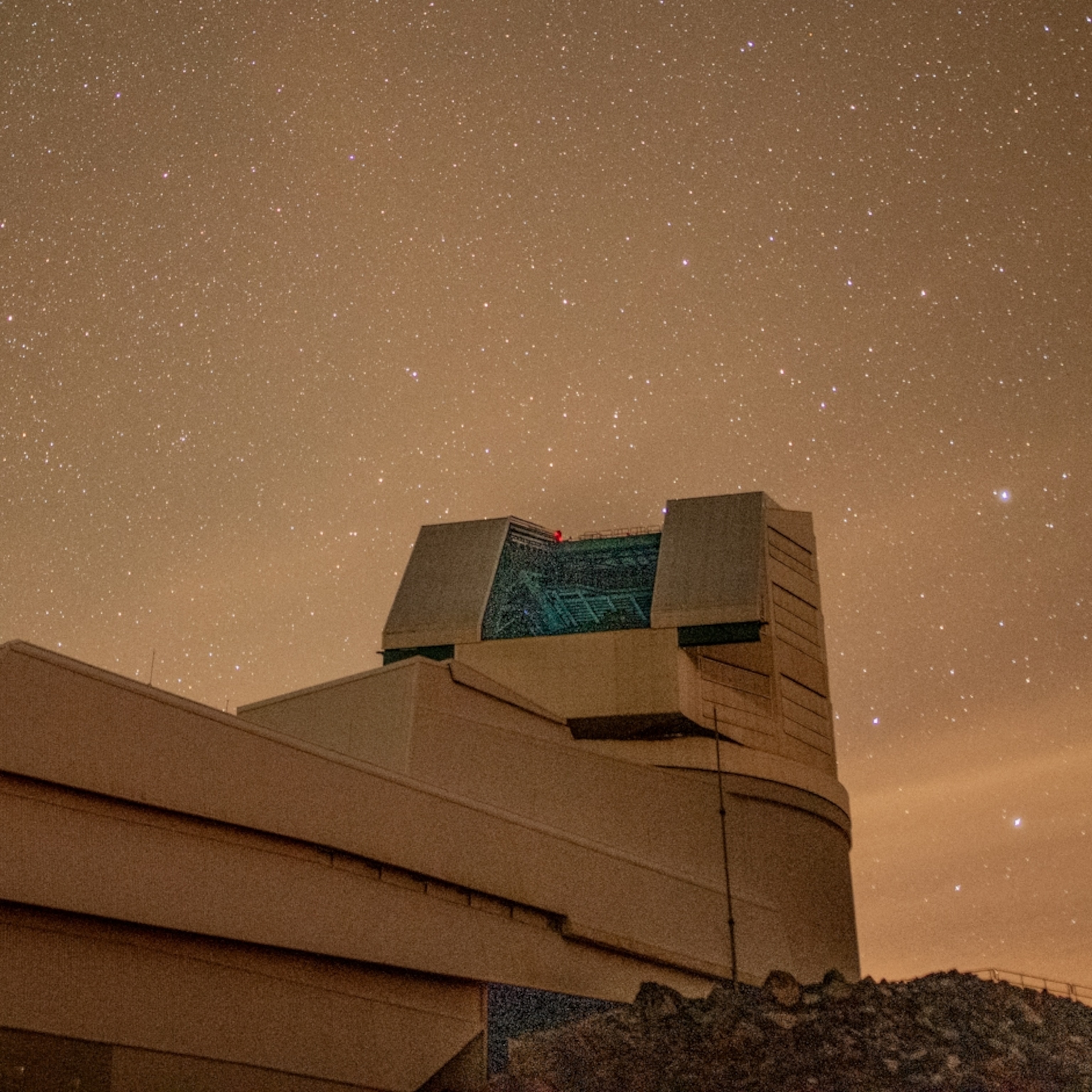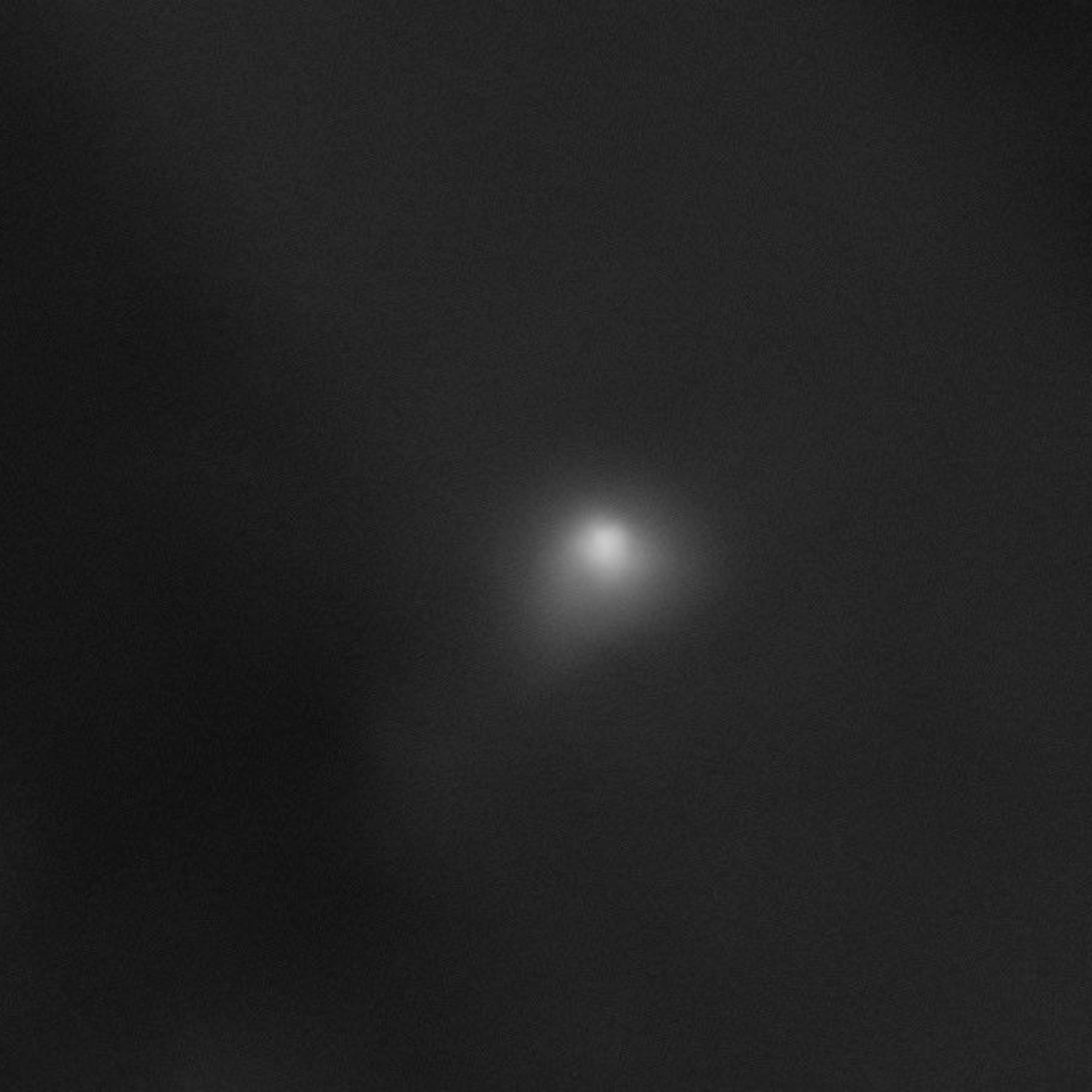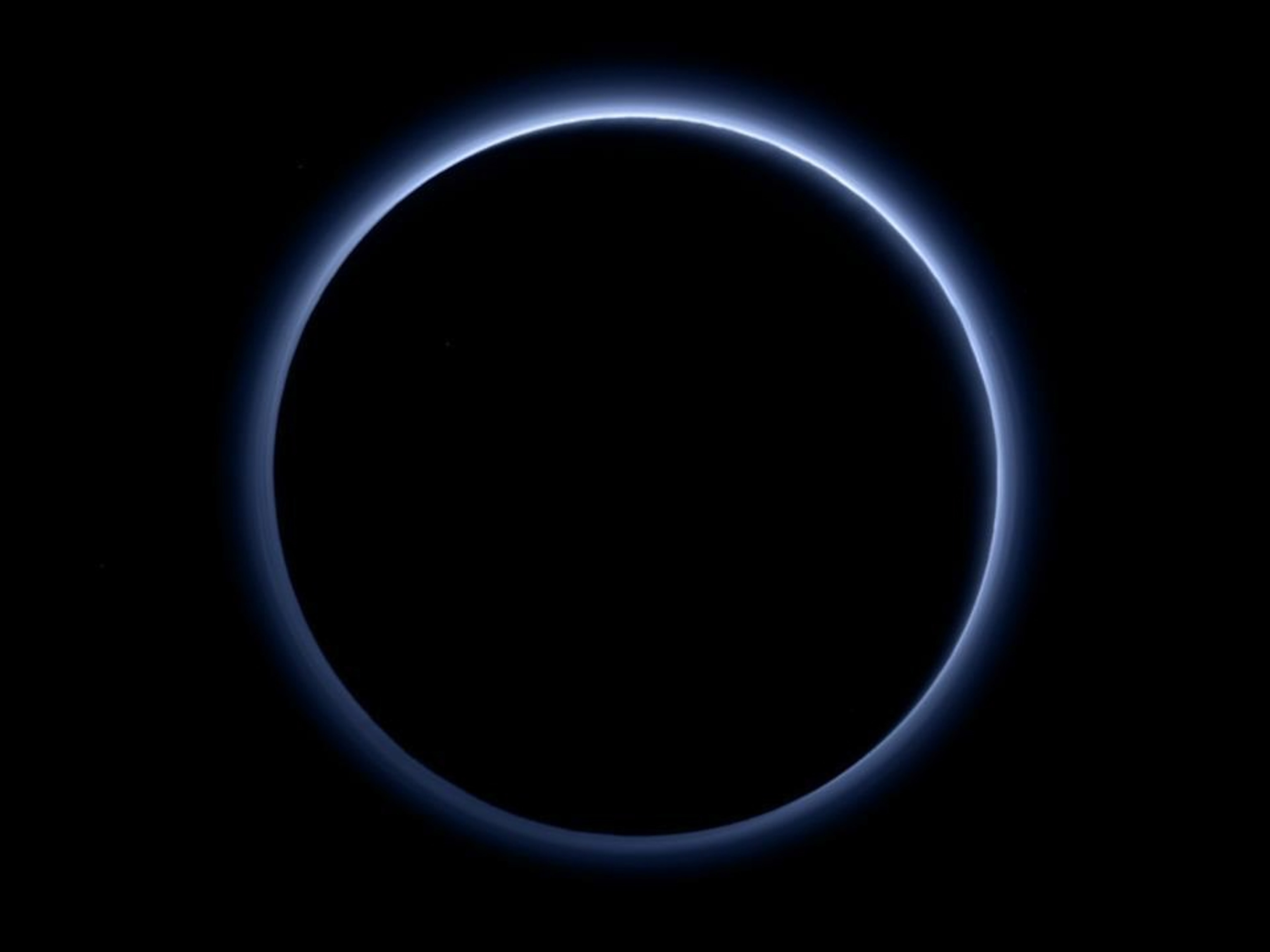
Why We Missed This Nearby Mini-Planet for So Long
The icy world orbits the sun every 700 years—and is among the 10 biggest unnamed objects in the outer solar system.
Pluto’s family just got a little bit bigger: Astronomers have discovered a new world slightly less than 435 miles (700 kilometers) wide orbiting in the Kuiper belt, the disk of icy bodies beyond Neptune.
Provisionally dubbed 2015 RR245 by the International Astronomical Union (IAU) on July 10, the world is smaller than Pluto, Eris, Haumea, Makemake, and Ceres, the five currently recognized dwarf planets. But it’s still among the ten largest objects in the outer solar system that don’t yet have official names, according to a database curated by Caltech astronomer Mike Brown.
“This object is probably about a top-20 Kuiper belt object,” says astronomer Scott Sheppard of the Carnegie Institution of Washington, who wasn’t involved with the discovery.
It may come as a surprise that an object several hundred miles wide could elude detection for so long in our celestial backyard—but bodies like 2015 RR245 are devilishly tricky to spot.
For starters, while these objects are relatively close to Earth compared to the beautiful galaxies seen by telescopes like Hubble, they are much, much smaller and fainter. That makes it incredibly hard for such telescopes to make them out.
What’s more, astronomers can’t use the special techniques they’ve developed to help detect planets orbiting distant stars, since they mostly rely on how the planets pass in front of or wobble the stars they orbit—less than useful when hunting tiny celestial bodies around our very own star.
Instead, astronomers hoping to find stuff in the Kuiper belt have to go about it the old-fashioned way: Exhaustive surveys of the whole sky.
“They could be anywhere: You have to go up and down, left and right,” says Sheppard, referring to guiding telescopes across wide swaths of the sky. Astronomers have more or less cataloged the Kuiper belt objects that live 30 to 50 times farther from the sun than Earth, says Sheppard, but finding even more distant objects like 2015 RR245 is a massive challenge.
“Sunlight has to go out to these objects, bounce off them, and then come all the way back,” he says. “When [a dwarf planet] is twice as far away, it gets 16 times fainter. It gets really really faint, really fast.”
To the Limit
Astronomers first spotted 2015 RR245 in February 2016 after examining images taken by Hawaii’s Canada-France-Hawaii Telescope on September 9, 2015.

The detection came as a pleasant surprise for the Outer Solar System Origins Survey (OSSOS), the scientific team that found it: Though the survey has identified more than 500 new objects in the neighborhood of Neptune since early 2013, this world is the only potential dwarf planet the survey has discovered.
“We live in an absolutely wonderful time, [since] Pluto for decades didn’t have any kin, and it was alone out there. But now it’s one of thousands and thousands of little icy worlds,” says Michele Bannister, a University of Victoria researcher and OSSOS member.
“I think it’s wonderful that Pluto has so much family—that it’s part of a much bigger story.”
The find was also a technological feat, says Bannister, since the object was just dim enough to elude less sensitive telescopes used in previous sky surveys.
“This is a bright discovery for us,” she says. “But with [previous] wide-field mapping, this would have been right at the limit.”
Circling a Name
For at least a hundred million years, 2015 RR245 has looped on a highly elongated 700-year orbit, which takes the world more than 11 billion miles (18 billion kilometers) away from the sun at its most distant.
The object will make its closest approach to us in 2096, when it will be about 34 times farther from the sun than Earth, just outside of Neptune’s orbit.
While the team hasn’t determined 2015 RR245’s composition, it’s probable that, like Pluto and other Kuiper belt dwarf planets, the object is a frozen wonderland of volatile ices, perhaps with a dash of rock. Compounds called tholins, formed by nitrogen and methane irradiated by the distant sun, could coat its surface in a multicolored schmutz.
“It would be reasonable to think of it as kind of a mini-Pluto,” says Bannister.
But 2015 RR245 has a long way to go to become a mini-Pluto with a proper name. Its current designation simply acknowledges its existence. To be eligible for official naming, scientists must precisely nail down its orbit, and that process could take several years, say Bannister and Sheppard.
Then, under IAU rules, the discoverers probably will be required to name it for a creation deity. The dwarf planet Makemake, for instance, was named in 2008 for the creator of humankind in the mythology of Easter Island’s Rapa Nui people.
Bannister isn’t giving away the team’s in-house suggestions, in part because “you have to learn more about [dwarf planets’] personalities before you can anthropomorphize them a bit,” she says.
Still, the team can already cross a few names off the list.
“We won’t go with a Greek or Roman name,” she says. “There [are] a lot more cultures that need representation.”
Follow Michael Greshko on Twitter.








